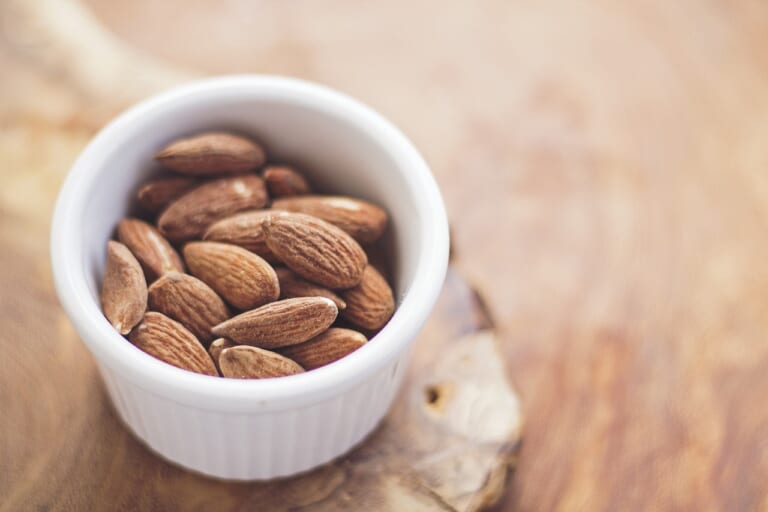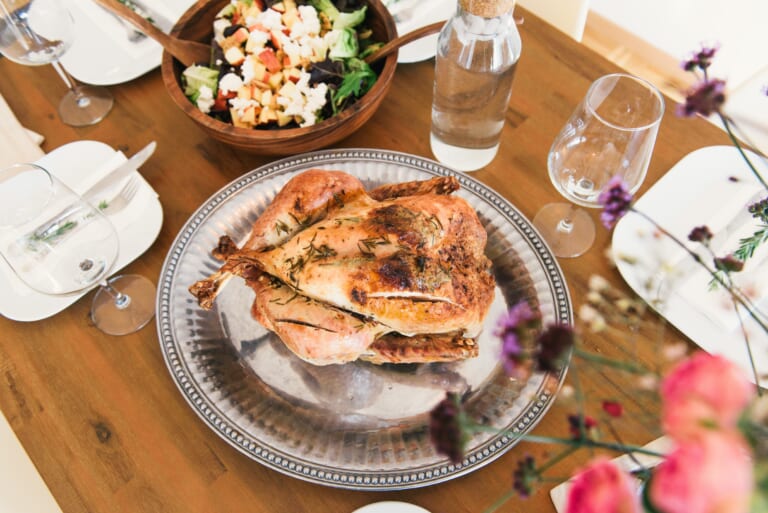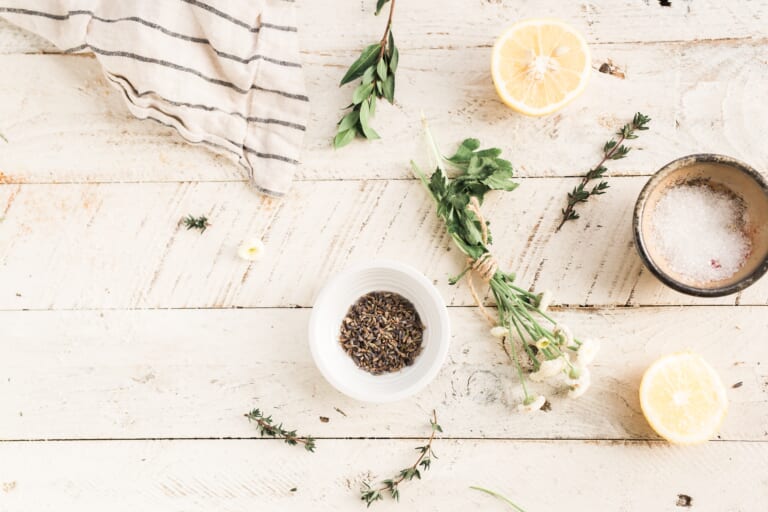Red Meat Dos and Don’ts
In healthy portions, red meat can be a reliable source of protein, B12, iron, and zinc, but if it isn’t prepared correctly, it creates carcinogens which over time can increase cancer cells in the body. As a cancer survivor myself, I wanted to share the importance of being conscientious when it comes to selecting and preparing healthy portions of red meat. In this post, I’m going to walk you through the process of how to confidently get the most out of your red meat from start to finish!
When you start shopping for red meat, it’s important to consider where it’s actually coming from. An animal’s diet and stress level plays a huge role in the quality of meat you end up with from the store. Farmers can reduce the saturated fat in the meat and increase the omega-3 amounts through pasture feeding, so I always recommend shopping for grass-fed. Take the time to research your selection a little before you go shopping, or even better, you can always visit the farm for yourself and enjoy an educational day out with your family! Going to a farm is a great experience for kids.
At the store, pick up lean cuts of red meat while avoiding processed meats. Anything with round, chuck, or loin in the name indicates that it’s lean. When it comes to beef, pick up options labeled select or choice as opposed to prime, and always look for the highest percentage of lean meat. You’re getting a healthier cut with less fat if it’s 95% lean as opposed to 80%. Also, take a second to look over your meat selection before you buy it. If there’s fat running throughout the meat, you won’t be able to cut that off easily before cooking.
Once you’ve chosen your red meat and you’re ready to prepare it, start by using a sharp knife to cut off all easily accessible fat. I always pinch the fat and pull it away from the side of the meat. This will create tension that your knife can easily slice through. Immediately after you cut the fat, go on and cut the meat into an appropriate serving size (I recommend staying around 3-4 oz for women and 5-6 oz for men, but this varies based on your activity level) or cube it to use in a soup or stew.
Saute, bake, roast, grill, or broil the meat for the healthiest outcome. Any of these methods will melt away the remaining fat. Also, use coconut oil to prevent sticking in a grill or pan if you’re preparing steak; it’s a great alternative to vegetable oil with additional benefits for healthy cholesterol. Whichever option you choose, avoid using sodium-heavy seasonings that contain extra additives while you cook. In order to keep the meat from getting tough, reach for natural, richer spices and more acidic options. I usually go for sea salt or lemon juice!
You should still be able to see some moisture when you cut into the meat before you plate it. Check your meat often and take it off the heat before it dries out. I recommend cooking red meats at a lower temperature to avoid drying out, or cook it submerged in a soup! Try this easy St. Patrick’s day crock-pot recipe for inspiration.
I can’t stress how important it is that you don’t overcook red meat. When it’s cooked at too high of a temperature or spends too long over the flame, heterocyclic amines and polycyclic aromatic hydrocarbons start sticking to its surface. Both of these compounds have been linked to cancer. Just keep an eye on it and check it often to make sure it isn’t drying out!
I hope you’ll feel a little more confident integrating red meat safely into your healthy eating lifestyle. From the store to your plate, being intentional with your food is a perfect way to ensure you’re taking care of your body! For more information on red meat, check out these helpful pages on Natural News, Mayo Clinic, and Healthline.
If you’d like to catch up on more tips and advice for healthy eating and cooking like a chef, be sure to follow me on Instagram at OfficialChef and check out SimpleEatsTV on YouTube.
Always remember Eat with a Purpose!







